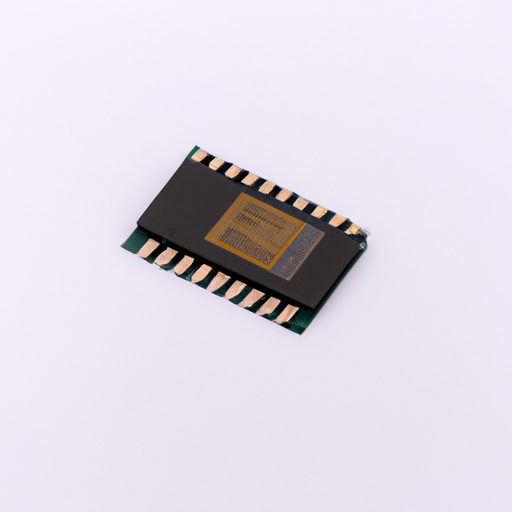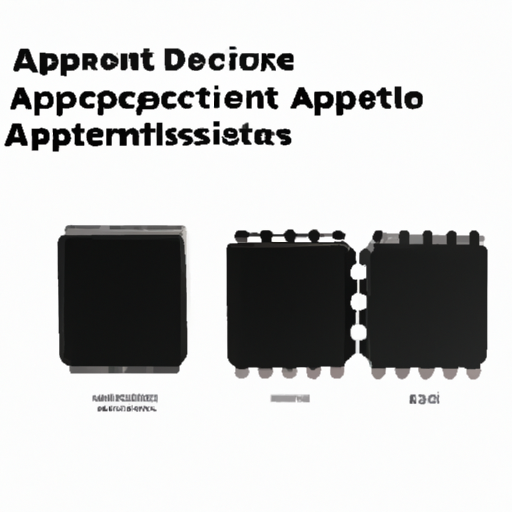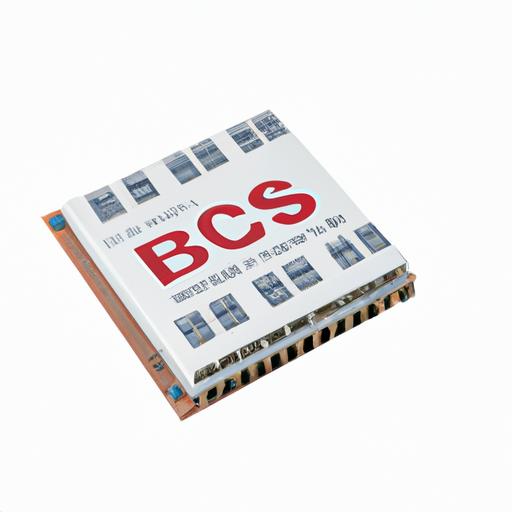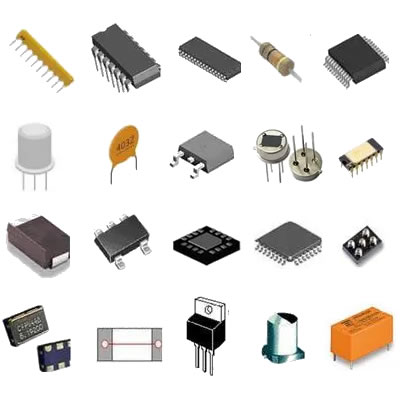What is the purchase price of the latest integrated circuit design?
What is the Purchase Price of the Latest Integrated Circuit Design?
I. Introduction
Integrated circuits (ICs) are the backbone of modern electronics, enabling everything from smartphones to sophisticated computing systems. These tiny chips, which can contain millions or even billions of transistors, are essential for processing and storing data, controlling devices, and facilitating communication. As technology continues to advance, the demand for cutting-edge IC designs has surged, leading to a complex landscape of pricing that varies significantly based on numerous factors. This article aims to explore the purchase price of the latest IC designs, shedding light on the intricacies of the design process, the factors influencing costs, and the future trends that may shape pricing strategies in the industry.
II. Understanding Integrated Circuit Design
A. What is Integrated Circuit Design?
Integrated circuit design refers to the process of creating the layout and functionality of an IC. This involves several stages, including conceptualization, schematic design, layout design, and verification. The design can vary widely depending on the type of IC being developed, which can be categorized into three main types: analog, digital, and mixed-signal ICs. Each type serves different purposes and has unique design requirements.
B. The Design Process
The design process begins with conceptualization, where engineers outline the intended functionality of the IC. This is followed by schematic design, where the circuit is represented visually, and layout design, which involves arranging the components on the chip. Finally, verification and testing ensure that the design meets the required specifications and functions correctly.
III. Factors Influencing the Purchase Price of IC Designs
A. Complexity of the Design
One of the primary factors influencing the purchase price of IC designs is the complexity of the design itself. More complex designs, characterized by a higher number of transistors and intricate functionality, typically come with a higher price tag. For instance, a high-performance microprocessor may contain billions of transistors and require advanced features, significantly increasing its development costs.
B. Technology Node
The technology node, which refers to the manufacturing process used to create the IC, also plays a crucial role in pricing. Smaller technology nodes, such as 7nm or 5nm, allow for more transistors to be packed into a smaller area, enhancing performance and energy efficiency. However, these advanced nodes come with higher manufacturing costs, which are often passed on to the consumer.
C. Design Tools and Software
The design process relies heavily on Electronic Design Automation (EDA) tools, which facilitate the creation and testing of IC designs. The licensing costs for these software tools can be substantial, contributing to the overall purchase price of the IC design. Companies must weigh the benefits of using advanced design tools against their costs when budgeting for new projects.
D. Intellectual Property (IP) Costs
Intellectual property (IP) costs are another significant factor in IC design pricing. Many designs incorporate pre-designed components, such as processors or memory blocks, which require licensing fees. Additionally, custom IP development can add to the costs, as companies may need to invest in unique components tailored to their specific needs.
E. Market Demand and Competition
The dynamics of supply and demand in the IC market also influence pricing. High demand for certain types of ICs, such as those used in automotive or consumer electronics, can drive prices up. Conversely, increased competition among manufacturers can lead to price reductions as companies strive to capture market share.
IV. Pricing Models for Integrated Circuit Designs
A. Fixed Pricing vs. Variable Pricing
When it comes to pricing models, companies often choose between fixed and variable pricing. Fixed pricing provides a clear cost upfront, making budgeting easier for clients. However, variable pricing can be more flexible, allowing for adjustments based on the complexity of the design or changes in market conditions. Each model has its pros and cons, and the choice often depends on the specific project and client needs.
B. Licensing Agreements
Licensing agreements are another critical aspect of IC design pricing. These agreements can vary widely, with options for exclusive or non-exclusive licenses. Additionally, royalty structures and upfront fees can significantly impact the overall cost. Companies must carefully negotiate these agreements to ensure they align with their business goals.
C. Custom vs. Off-the-Shelf Designs
The choice between custom designs and off-the-shelf products can also affect pricing. Custom designs, tailored to specific applications, often come with higher costs due to the additional development time and resources required. In contrast, off-the-shelf designs may be more cost-effective but may not meet all the unique requirements of a project.
V. Case Studies of Recent IC Designs
A. Overview of Notable Recent IC Designs
To illustrate the complexities of IC pricing, let’s examine two notable recent designs: a high-performance microprocessor and an advanced graphics processing unit (GPU).
1. **High-Performance Microprocessor**: This type of IC is designed for demanding computing tasks, such as data processing and artificial intelligence. The latest models, built on a 5nm technology node, can cost upwards of $500 million to develop, factoring in design complexity, EDA tool costs, and IP licensing.
2. **Advanced Graphics Processing Unit (GPU)**: GPUs are essential for rendering graphics in gaming and professional applications. The latest GPUs, which also utilize advanced technology nodes, can have development costs ranging from $300 million to $400 million, influenced by similar factors as microprocessors.
B. Analysis of Purchase Prices
The purchase prices of these IC designs reflect the significant investments made in their development. For instance, the high-performance microprocessor may be priced at $1,000 per unit for manufacturers, while the GPU could be priced at $800 per unit. These prices are influenced by the breakdown of costs associated with design, manufacturing, and market demand.
VI. Future Trends in IC Design Pricing
A. Technological Advancements
Looking ahead, technological advancements are expected to impact IC design pricing significantly. The integration of artificial intelligence and machine learning into the design process can enhance efficiency, potentially reducing costs. Additionally, the exploration of emerging materials, such as graphene, may lead to new manufacturing techniques that could alter pricing structures.
B. Market Trends
Market trends also play a crucial role in shaping the future of IC design pricing. As demand for ICs in sectors like automotive and consumer electronics continues to grow, companies may need to adapt their pricing strategies to remain competitive. Predictions suggest that the increasing complexity of designs will lead to higher prices, but advancements in manufacturing processes may help mitigate some of these costs.
VII. Conclusion
In summary, the purchase price of the latest integrated circuit designs is influenced by a myriad of factors, including design complexity, technology nodes, licensing costs, and market dynamics. Understanding these elements is crucial for companies looking to navigate the competitive landscape of IC design. As technology continues to evolve, so too will the pricing strategies employed by manufacturers, making it essential for industry stakeholders to stay informed about trends and developments in the field.
VIII. References
1. Academic papers and articles on IC design.
2. Industry reports and market analysis.
3. Interviews with experts in the field.
This exploration of the purchase price of integrated circuit designs highlights the intricate balance between innovation, cost, and market demand, providing valuable insights for anyone involved in the semiconductor industry.







